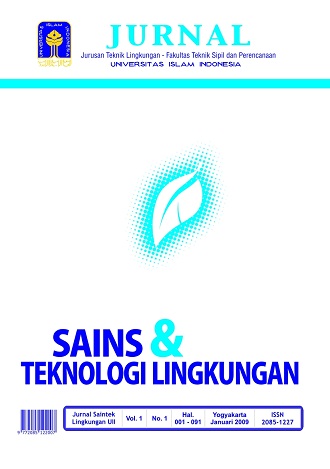Main Article Content
Abstract
Oyo watershed, which mainly consists of rural area with 517,352 inhabitants and 0.65%/annum population growth, is one of degraded watersheds in Indonesia. Although the local government has formulated various watershed developments, the agriculture productivity of this area is still low. Water resources are the main factor that influences the low carrying capacity of its agriculture sector. Its abundant water availability (225,278,277 m3/year) indicates the potential water carrying capacity. With the annual rainfall of 1,858 mm and the low water demand (25,095,223 m3/year), it has a potential water surplus of 200,183,054 m3/year. In reality, due to the low rainwater harvesting, the carrying capacity is also low, indicated by the value of 0.67 with the population pressure of 1.49. This causes a revenue deficit for farmers who earn Rp 160,017.36 million/year while the normal living cost is Rp 2,483,289.60 million. This indicates the low optimality of water resources management. Therefore, the main target of Oyo Watershed management program is to use the available rainwater optimally to guarantee the stability of water availability in dry seasons.
Article Details
License
Authors who publish with this journal agree to the following terms:
- Authors retain copyright and grant the journal right of first publication with the work simultaneously licensed under a Creative Commons Attribution License that allows others to share the work with an acknowledgement of the work's authorship and initial publication in this journal.
- Authors are able to enter into separate, additional contractual arrangements for the non-exclusive distribution of the journal's published version of the work (e.g., post it to an institutional repository or publish it in a book), with an acknowledgement of its initial publication in this journal.
- Authors are permitted and encouraged to post their work online (e.g., in institutional repositories or on their website) prior to and during the submission process, as it can lead to productive exchanges, as well as earlier and greater citation of published work (See The Effect of Open Access).
